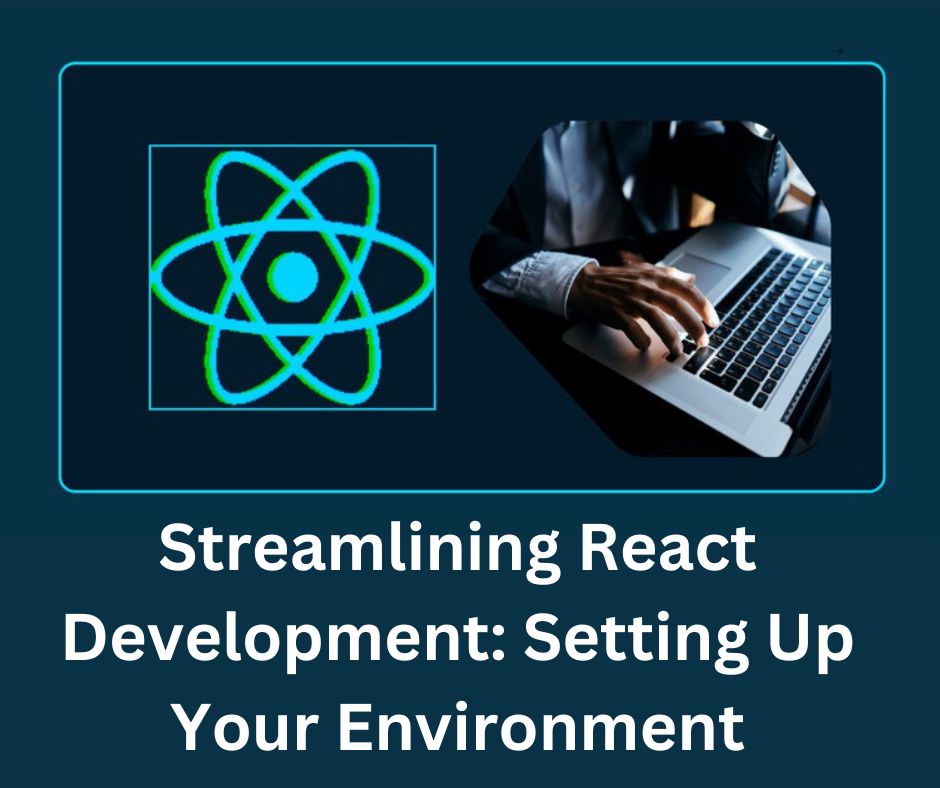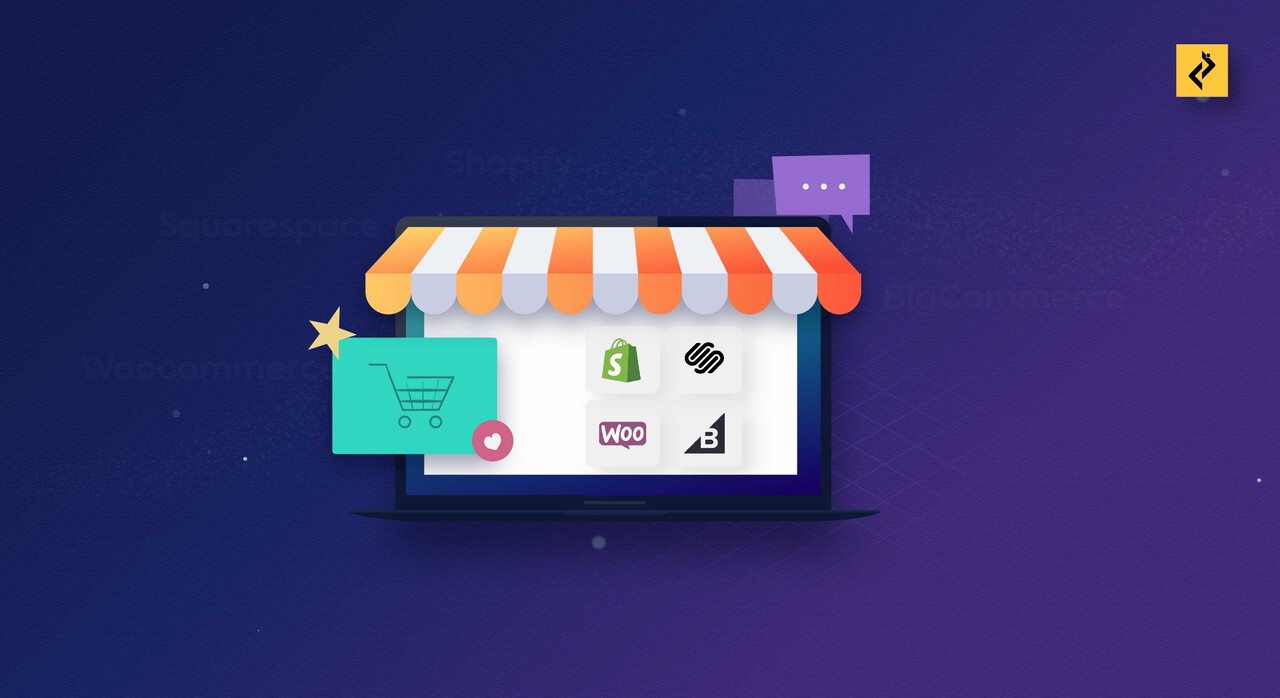Setting up a robust development environment constitutes a critical initial step for any React developer aiming to construct efficient and maintainable applications. This guide will walk you through essential tools, configurations, and best practices to effectively streamline your React development environment.
Understanding the Core Components
Before delving into specific tools and setups, it’s essential to outline the foundational components that constitute a React development environment:
- Text Editor or IDE- Selecting the appropriate text editor or integrated development environment (IDE) significantly influences productivity. Popular choices such as Visual Studio Code, Atom, and JetBrains WebStorm offer features like syntax highlighting, code completion, and seamless integration with Git for version control.
- Node.js and npm (Node Package Manager)- Node.js serves as the foundation for executing JavaScript outside the browser, essential for building React applications. npm, bundled with Node.js, facilitates installation and management of third-party libraries and tools crucial for development.
- React Developer Tools- This browser extension, available for Chrome and Firefox, plays a pivotal role in inspecting React component hierarchies, monitoring component states and props, and debugging React applications effectively.
- Version Control System- Git stands as the industry-standard version control system, pivotal for managing code changes, collaboration, and version tracking across platforms like GitHub, GitLab, or Bitbucket.
- Build Tools- React applications leverage build tools such as webpack and Parcel to automate tasks like bundling JavaScript files, optimizing assets, and managing dependencies. These tools integrate seamlessly with transpilation (via Babel), minification, and generating deployment-ready builds.
- Code Linter and Formatter- Tools like ESLint and Prettier enforce code style consistency and identify potential errors early in the development cycle. They automate code formatting and offer suggestions for improvement based on predefined rules, ensuring clean or readable code.
- Testing Frameworks- Testing guarantees the reliability and functionality of React components and applications. Jest, bundled with Create React App, serves as a comprehensive testing framework, complemented by React Testing Library for user-centric testing of React components.
Step-by-Step Guide to Setting Up Your React Development Environment
Let’s proceed with the essential steps required to establish a streamlined React development environment:
Install Node.js and npm
Node.js is indispensable for server-side JavaScript execution, while npm manages package installation. Obtain the latest LTS version of Node.js from nodejs.org and verify the installation by executing the following commands in your terminal:
Choose a Text Editor or IDE
Opt for a text editor or IDE aligned with your workflow and preferences. Visual Studio Code (VS Code) is highly recommended due to its extensive features, extensions, and community support. Install VS Code from code.visualstudio.com and enhance functionality with extensions like ESLint, Prettier, and GitLens.
Create a New React Project
Utilize Create React App, an officially supported tool, to set up a new React project effortlessly. Execute the following commands in your terminal:
Replace my-react-app with your preferred project name. This command installs dependencies and establishes a foundational React project structure.
Set Up React Developer Tools
Add the React Developer Tools extension to your browser (available for Chrome and Firefox) to streamline inspection of React component hierarchies, state management, and debugging directly within the browser environment.
Configure ESLint and Prettier
Consistent code style and early error detection are pivotal for efficient development. Install ESLint and Prettier as development dependencies within your React project:
Connect your local repository to a remote repository hosted on platforms like GitHub, GitLab, or Bitbucket for centralized code management, version tracking, and seamless team collaboration.
Explore Build Tools
Tailor build tools such as webpack or Parcel to align with your project’s specifications. These tools automate tasks such as transpiling ES6+ JavaScript via Babel, optimizing assets, and generating production-ready bundles efficiently.
Set Up Testing Frameworks
Implement robust testing frameworks to validate the functionality and reliability of your React application. Jest, integrated with Create React App, serves as a comprehensive testing solution. Additionally, leverage React Testing Library for user-centric testing that simulates real-world interactions with React components.
Start Developing
You’re now equipped to commence development on your React application. Open your project within VS Code or your preferred IDE, initiate the development server with npm start, and begin coding React components, implementing features, and conducting comprehensive tests.
Conclusion
Creating an efficient React development environment requires selecting the right tools, configuring them properly, and following best practices. This guide provides valuable insights into establishing a streamlined setup that boosts productivity, maintains code quality, and promotes team collaboration. Stay current with the latest tools and practices in the React ecosystem to continually enhance your workflow and deliver high-quality React applications. Additionally, explore our full stack web development course in Gurgaon, Pune, Delhi and other parts of India to further develop your skills and stay ahead in the industry.



